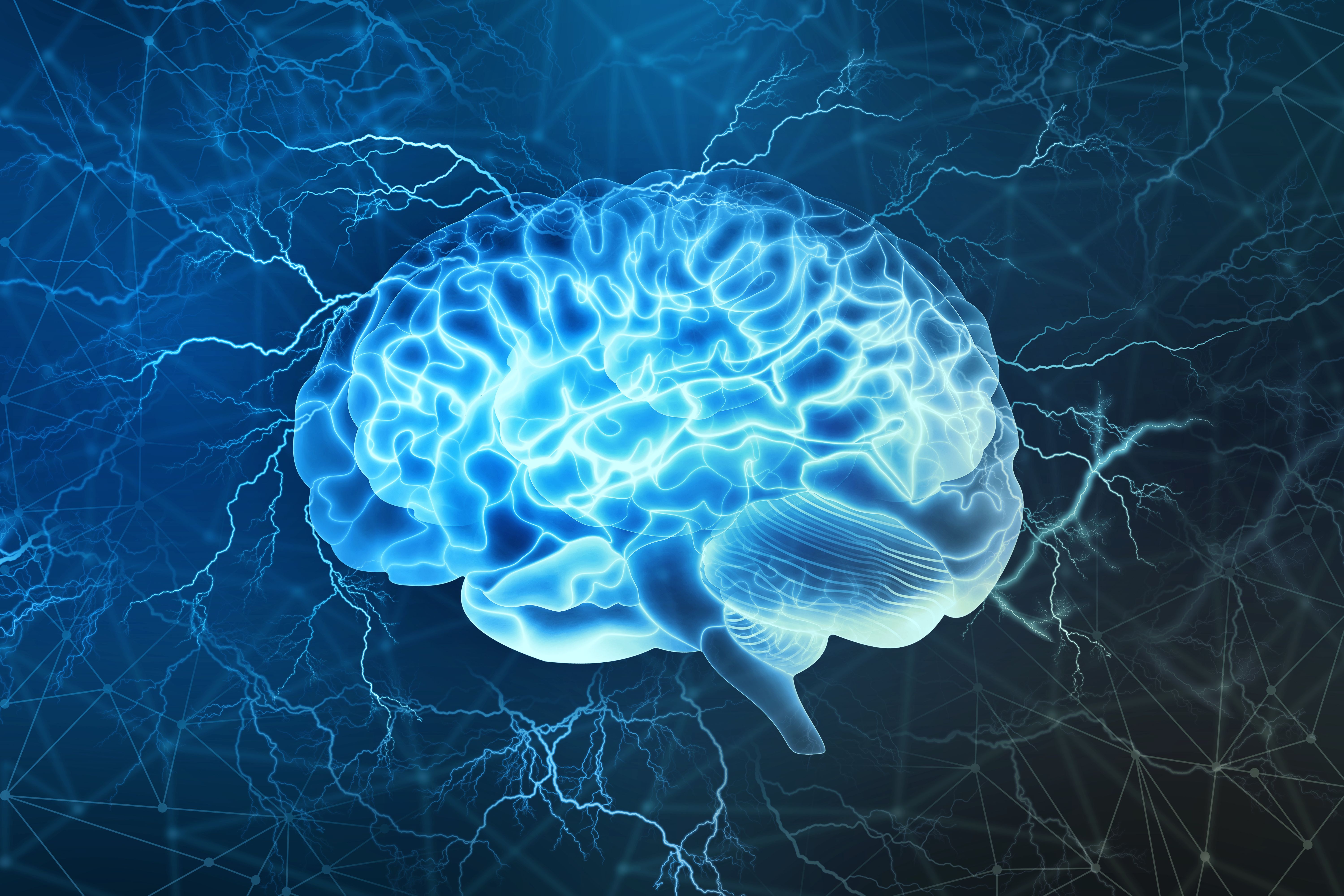Article
Which Agents Are Linked to Drug- and Toxin-Induced PAH?
Author(s):
In their recently published review, the researchers offer a detailed look at the drugs and toxins associated with drug- and toxin-induced pulmonary arterial hypertension (PAH), as various associations have come to light in recent decades.
Drug- and toxin-induced pulmonary arterial hypertension (PAH) is a relevant subgroup of PAH that has various underlying mechanisms depending on the agent of interest, say researchers, who emphasize that treatment of the disease relies on the early identification and removal of the associated agent.
In their recently published review, the researchers offer a detailed look at the drugs and toxins associated with drug- and toxin-induced PAH, as various associations have come to light in recent decades.
“Following diagnosis of drug- and toxin- induced PAH, clinical follow up is essential to monitor for improvement or progression of disease, as there is wide variability in disease history following removal of the offending agent,” they note.
Drugs and toxins associated with drug- and toxin-induced PAH include those that are definitely associated—based on outbreaks, epidemiologic case control studies, or large multicenter trials—and those that are possibly associated with the disease—based on multiple case series or cases with drugs with similar mechanisms of action.
These drugs/toxins span various classes. For example, there are several agents within the amphetamine-like anorexigen class associated with PAH, including aminorex fumarate, fenfluramine and dexfenfluramine, and methamphetamine. These drugs are thought to cause PAH through several mechanisms, including increasing serotonin levels, their interaction with SERT, PASMC proliferation, and K+ channel inhibition median vasoconstriction.
In fact, aminorex fumarate was the first drug to be linked to PAH after aminorex (Menocil), an appetite suppressant, was found to have caused a 10- to 20-fold increase in cases in PAH across 3 countries using the treatment.
As a result, the researchers emphasize the need for pharmacovigilance and partnership with public and regulatory agencies to prevent community outbreaks of the disease.
Other treatments implicated in the pathogenesis of PAH include:
- Dasatinib, a tyrosine kinase inhibitor
- Mitomycin and cyclophosphamide, alkylating agents
- Sofosbuvir, a direct antiviral acting agent
- Leflunomide, a DMARD
- Mazindol, a nonamphetamine stimulant
- MDMA, an amphetamine stimulant
- Fluoxetine, an SSRI
- Diazoxide, a nondiuretic thiazide
- Trichloroethylene, an industrial solvent
- Carfilzomib, a preoteasome inhibitor
Notably, the researchers of the study add that just a small percentage of patients exposed to these agents develop the disease, suggesting that genetic factors also play a role in the pathogenesis of drug- and toxin-induced PAH.
Reference
Ramirez R, Pienkos S, de Jesus Perez V, Zamanian R. Pulmonary artierial hypertension secondary to drugs and toxins. Clin Chest Med. 2021;42(1):19-38. doi: 10.1016/j.ccm.2020.11.008




